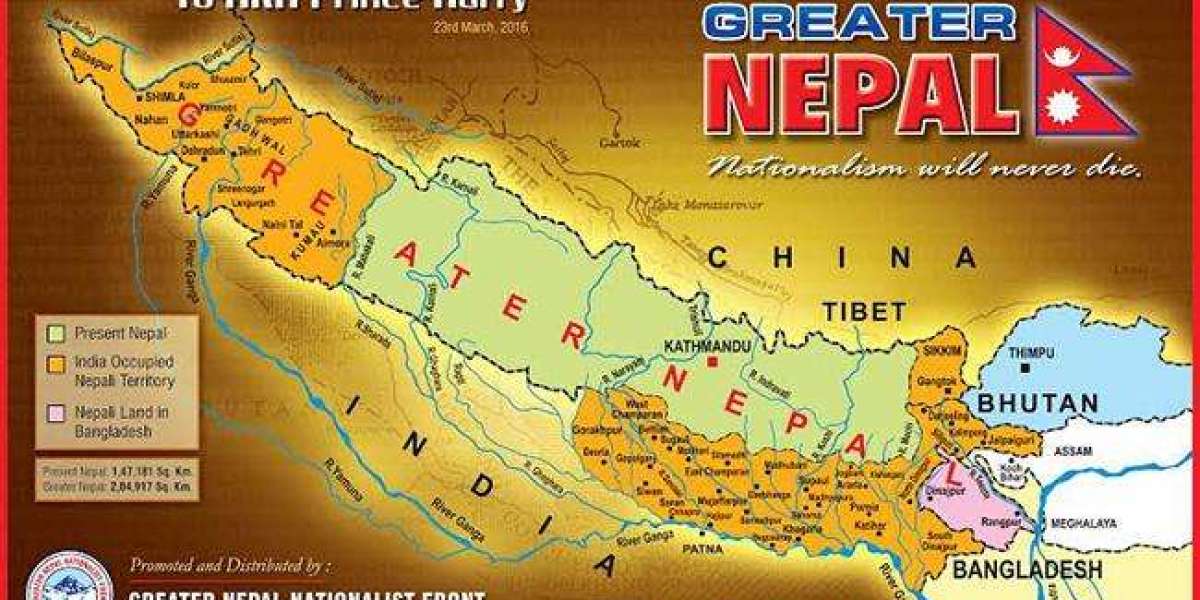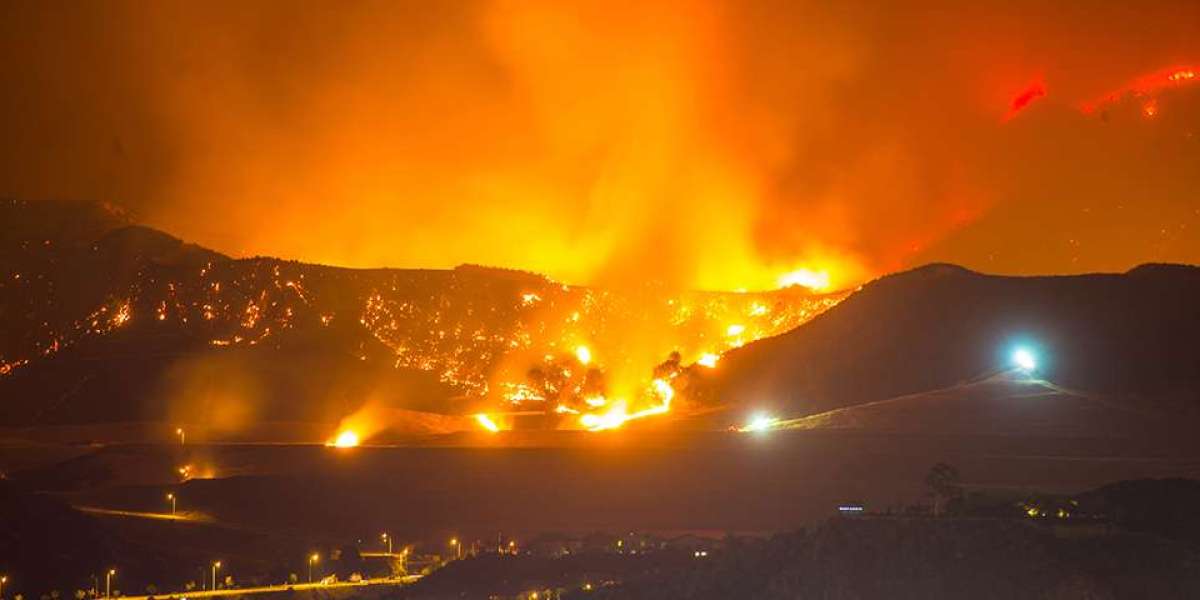Greater Nepal: A Historical and Cultural Perspective
Introduction
Greater Nepal refers to the historical territorial extent of Nepal before the signing of the Sugauli Treaty in 1816. This concept resonates with Nepalese history, nationalism, and cultural pride, symbolizing a time when Nepal's influence extended far beyond its current borders. While modern Nepal is confined to its existing boundaries, the idea of Greater Nepal often sparks discussions about history, identity, and geopolitics.
The Rise of Greater Nepal
During the late 18th and early 19th centuries, Nepal, under the leadership of the Shah dynasty, expanded its territory significantly. Prithvi Narayan Shah, the founder of modern Nepal, began the unification process by consolidating smaller principalities into a larger, unified state. His successors, particularly during the reign of King Prithvi Narayan Shah’s descendants, extended Nepal’s boundaries further through military conquests.
At its peak, Greater Nepal stretched:
East: To the Teesta River in present-day Sikkim, India.
West: To the Sutlej River in present-day Himachal Pradesh, India.
South: Included parts of the Terai region and northern areas of modern India.
North: Maintained traditional relations with Tibet, though Nepal’s expansion in this direction was limited due to the Himalayan terrain and Chinese influence.
The Anglo-Nepalese War and the Sugauli Treaty
Nepal's expansion brought it into conflict with the British East India Company, leading to the Anglo-Nepalese War (1814–1816). Although Nepalese forces demonstrated bravery, they were eventually outmatched by the British due to superior resources and military technology.
The war concluded with the Sugauli Treaty, which drastically reduced Nepal’s territory:
Nepal lost about one-third of its land.
The Teesta and Sutlej rivers ceased to mark Nepal’s borders.
The treaty established Nepal’s current boundary lines, which excluded regions like Kumaon, Garhwal, Sikkim, and Darjeeling.
Modern Context of Greater Nepal
In the modern era, the concept of Greater Nepal has become a subject of cultural pride and political discourse. Although it is not pursued as a political agenda by the government, nationalist groups and activists occasionally advocate for the recognition of Nepal's historical boundaries.
Geographical and Demographic Connections
The areas that were once part of Greater Nepal still hold significant Nepali-speaking populations:
Sikkim and Darjeeling: Both regions have deep cultural and linguistic ties to Nepal.
Uttarakhand and Himachal Pradesh: These areas were historically part of Nepalese territory.
Bangladesh: Northern Bengal, which was under Nepal’s influence, shares historical connections.
Cultural Significance
The legacy of Greater Nepal is reflected in the Nepali language, culture, and traditions that persist in these regions. Festivals, cuisine, and daily life in these areas still mirror those of Nepal.
Challenges and Relevance
The concept of Greater Nepal remains largely symbolic due to geopolitical realities. Modern international borders are firmly established, and revisiting them could lead to political and diplomatic tensions, especially with India.
However, the idea plays a role in:
Historical Awareness: It reminds Nepalese citizens of their rich and powerful history.
Cultural Identity: It fosters unity and pride among Nepali-speaking populations.
Nationalist Sentiments: Some groups use it to advocate for the preservation of Nepali culture and rights in historically Nepalese regions.
Conclusion
Greater Nepal is a concept rooted in history and cultural pride, symbolizing an era when Nepal was a formidable power in South Asia. While it is unlikely to have political implications in modern geopolitics, its significance as a reminder of Nepal’s legacy and influence endures. For many Nepalese, it is not merely about lost territories but about celebrating a shared history and cultural identity that transcends borders.








